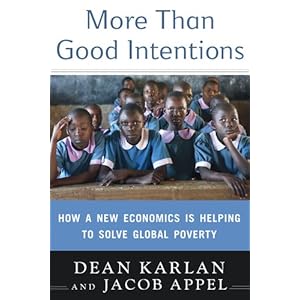 |
| LICRICE model for the global distribution of tropical cyclone winds |
Interdisciplinary Ph.D. Workshop in Sustainable Development
May 6th-7th, 2011: Columbia University in the City of New York, USA
The Ph.D. students in Sustainable Development at Columbia University are convening the first Interdisciplinary Ph.D. Workshop in Sustainable Development (IPWSD); scheduled for May 6th-7th, 2011, at Columbia Universityin New York City. The IPWSD is a conference open to graduate students (both Masters and Ph.D.) working on or interested in issues related to sustainable development. It is intended to provide a forum to present and discuss research in an informal setting, as well as to meet and interact with similar graduate student researchers from other institutions.
The IPWSD schedule includes sessions by 35 speakers from institutions across the US, Europe and several other countries who will be giving talks on issues of sustainable development from a diverse range of disciplinary backgrounds, including economics, environmental science, engineering, psychology, sociology, law, and others. There will also be an introductory talk on Friday, May 6th, by Professor Jeffrey Sachs, Director of the Earth Institute, and a panel discussion on "Climate Policy in the Face of a Catastrophe" with professor Scott Barrett, professor Mark Cane, and Andrew Revkin, editor of the "Dot Earth" blog for the New York Times.
For further details on the Interdisciplinary Ph.D. Workshop in Sustainable Development (IPWSD) please refer to our:
Homepage: http://blogs.cuit.columbia.
Program/Schedule: http://blogs.cuit.columbia.
To attend, please RSVP to: cu.sdds.ipwsd@gmail.com by Wednesday, May 4th.











